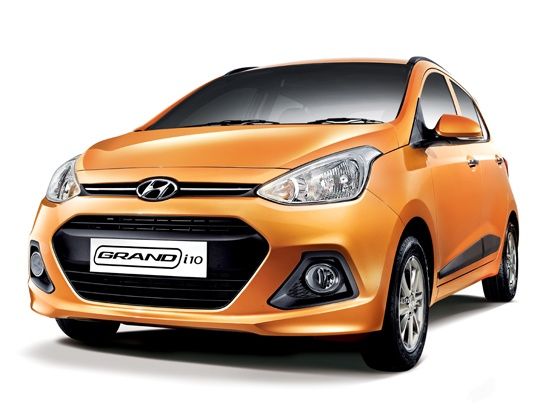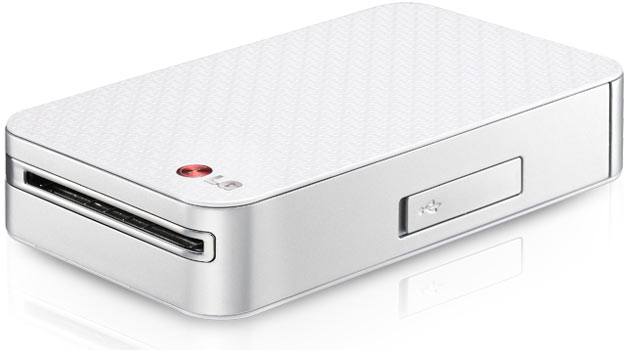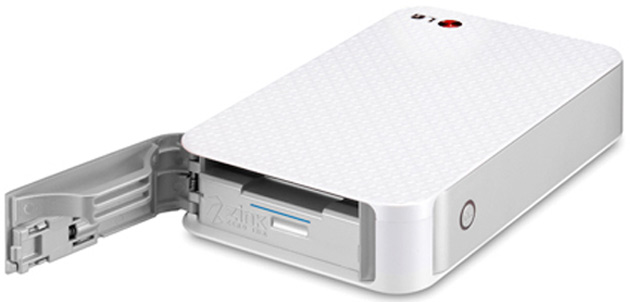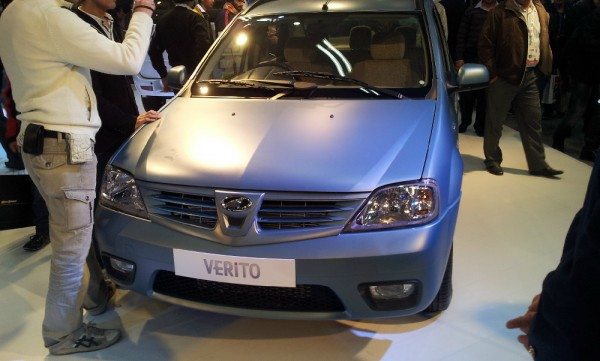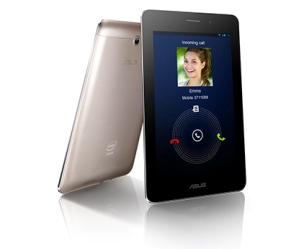With just two weeks until E3, Microsoft has finally shown off the Xbox One. Unlike Sony, which is being very mysterious with its PS4, we now have a fairly good idea of the hardware inside the Xbox One. This isn’t to say that we know everything about the Xbox One, but, as with the PS4, we know enough to corroborate the specs that have leaked over the last few months. We can now say with some certainty that the Xbox One and PS4 are powered by very similar hardware: The CPUs are probably identical, the GPUs are only slightly different, and while there are underlying differences to the memory subsystem, they will ultimately have very similar performance and game visuals. For a detailed discussion of how the PS4′s hardware compares to the Xbox One and gaming PCs, read on.
From Microsoft’s mouth, we know that the Xbox One (formerly known as the Xbox 720) has an 8-core AMD CPU with 8GB of DDR3 RAM, a 500GB hard drive, HDMI in/out, USB 3.0, and Gigabit Ethernet. For more detailed specs, we must look towards the latest info from the games development sector, which has been programming Xbox One games since last year and thus has intimate knowledge of the hardware. The latest leaks suggest that the Xbox One will have an 8-core 64-bit x86 Jaguar AMD CPU @ 1.6GHz, coupled with a GPU that’s very close to the Radeon HD 7790. The Xbox One will have 68GB/sec of bandwidth between the CPU/GPU and RAM, the GPU will have 102GB/s of bandwidth to a local 32MB SRAM cache, and another 30GB/s of bandwidth to gamepads, Kinect, and other peripherals.

Xbox One hardware diagram. Note the ports on the back.
The PS4, in comparison, has an 8-core Jaguar AMD CPU, with a GPU that’s around the same level as the Radeon 7870 (which is significantly more powerful than the 7790). The PS4 has 8GB of GDDR5 RAM, providing 176GB/s of bandwidth to both the CPU and GPU. The Xbox One mostly ameliorates this difference with 32MB of high-speed SRAM on the GPU, but it will be a more complex architecture to take advantage of.
In both consoles, the CPU and GPU will be on the same die (an AMD APU). Just as the PS4 has 8GB of high-speed memory that is shared by the CPU and GPU, the Xbox One – by virtue of being based on the same APU heterogeneous system architecture (HSA) — will probably be the same. In short, while there are small hardware differences between the consoles, they will ultimately have very similar performance characteristics. The PS4, with its one, big block of fast RAM, and bigger GPU, probably has the edge.
It’s a little bit harder to compare the Xbox One’s Kinect 2.0 with the PlayStation 4 Eye. From what we know so far, the Xbox One sounds like it has the edge on movement tracking and gesture controls. We should know more at E3, when Sony finally reveals a few more details about the PlayStation 4 Eye.

Finally, the last piece of hardware that we can compare between the Xbox One and PS4 is the gamepad. As we have already covered in some detail, the PS4′s DualShock 4 controller is really quite spectacular. There’s built-in movement tracking, so the console can track who’s holding each controller, a built-in speaker (like the Wiimote), and a multitouch touchpad. The Xbox One gamepad, in comparison, is basically just a refined version of the Xbox 360 gamepad. The only new feature seems to be Impulse Triggers — which are normal triggers, but with a rumble function built in. The PS4 controller definitely seems to have a richer feature set, but in practice the most important thing will be which controller you prefer to hold.
In comparison to a modern PC, you can probably guess how the Xbox One and PS4 compare. There’s no direct comparison for the 8-core Jaguar CPU — AMD’s own parts based on the Jaguar core, Kabini and Temash, are quad-core parts destined for ultrathins and tablets. From leaked benchmarks, the Jaguar core is around 10% faster than its predecessor (Bobcat). A dual-core Brazos (Bobcat core) about 10 times slower than the latest Ivy Bridge parts, in a very naive comparison. So, all in all, an 8-core Jaguar might manage about half the performance of a current-gen Core i7. The GPU comparison is easier: The Radeon 7790 is a $150 card.
In short, then, today’s PCs will stomp all over the Xbox One (and PS4) in terms of raw computation power. In terms of gamepads and other peripherals, the Kinect 2.0 will also come to the PC (though Microsoft hasn’t given a timeline yet) — and, presumably, as with the Xbox 360, you should be able to use the Xbox One gamepad with your PC. With some hacking, you should be able to use the PS4′s gamepad with your PC, too.

It’s not how big it is; it’s what you do with it
Another way of looking at the Xbox One and PS4, though, is their power relative to their predecessors. In terms of raw, synthetic performance, the Xbox 360 could churn out around 300 gigaflops; the PS3 was around 400 gigaflops. The Xbox One and PS4, however, should both be above two teraflops — about six times more powerful than their predecessors. Remember, the output resolution (1920×1080) is unlikely to change — so, with six times more power, we’re looking at a significant improvement to image quality.
Using teraflops as a stand-in for real-world performance, though, to quote our hardware analyst Joel Hruska, is like “giving the fuel efficiency of a car going downhill with an 80 mph tailwind on helium-inflated tires.” What it ultimately comes down to is how efficiently developers use the hardware — and in that regard, we have high hopes. With the shift to x86, and a GPU architecture (AMD’s GCN) that’s well known, developers will be able to hit the ground running. Compare this to the Cell CPUs at the heart of the Xbox 360 and PS3, which took years for developers to fully understand.
It’s also important to remember that, in recent years, there has been a fundamental shift away from games that do the bulk of their computation on the CPU, to programs that use the CPU to offload computation to the (much more powerful) GPU. With the Xbox 360 and PS3, both consoles had a monstrous Cell-based CPU and an equally large GPU — the PS4 and Xbox One, on the other hand, have wimpy, many-core CPUs and much larger GPUs. With both consoles moving to fill more of a media center/set-top box role, rather than focusing on gaming, we can foresee those cores being dedicated to background tasks, such as downloading updates or listening for voice commands. Ultimately, this will come down to the software — and while we have quite a few details on the Xbox One’s software, we know almost nothing about the PS4.
Ultimately, with both the Xbox One and PS4 having such similar hardware, real-world performance differences will probably come down to how well the consoles make use of those eight CPU cores, GPU offloading, and differences in the memory subsystem. It’s also important to bear in mind that a huge speed-up is available when developing games for a fixed platform with known performance/latency characteristics. Realistically, we wouldn’t be surprised if games on the Xbox 720 and PS4, just like the current generation, look very similar. Likewise, games will probably look better on consoles for a few years, and then PCs will probably pull back ahead.
 Wheeler Island, Odisha: India has successfully test-launched its new ballistic missile, Agni-5, which can carry a nuclear warhead not just to Beijing and Shanghai but even the northern-most tip of China - Habin City. (Analysis: What Agni-V means for India)
Wheeler Island, Odisha: India has successfully test-launched its new ballistic missile, Agni-5, which can carry a nuclear warhead not just to Beijing and Shanghai but even the northern-most tip of China - Habin City. (Analysis: What Agni-V means for India)



